|
|
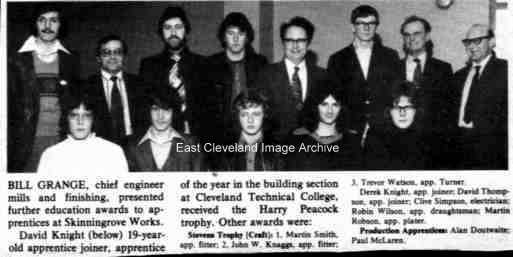
Here’s a newspaper cutting showing the top apprentices at Skinningrove in 1976. Martin Smith tells us: ”I am third from right back row. I believe this photo was taken at the end of 1976, because that was the year I won this award.”
Image courtesy of J W Knaggs and thanks to Martin Smith for the update.
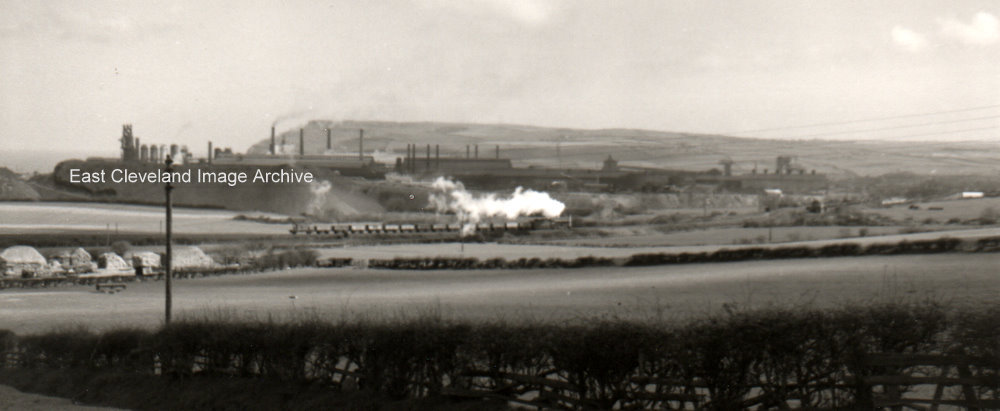
A panoramic view of the steel works taken from Brotton Miner’s Hospital or somewhere near. Still in the days of steam locomotives on the railway, so the works would be in full production.
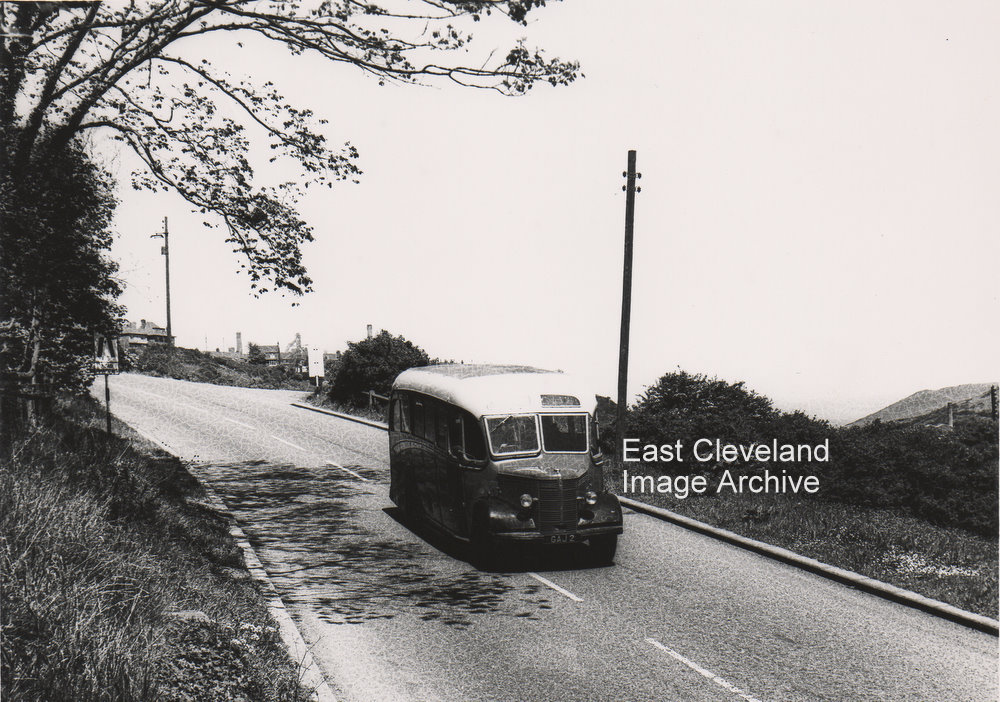
Classic photograph – of a Bedford Duple and that it is the 1950’s. Alan Chilton advises us that this was part of the Saltburn Motor Services (Kelly Watsons) fleet operating from Loftus to Saltburn via Liverton Mines. That number plate would be worth a fortune!
Thanks to Alan Chilton for the update.
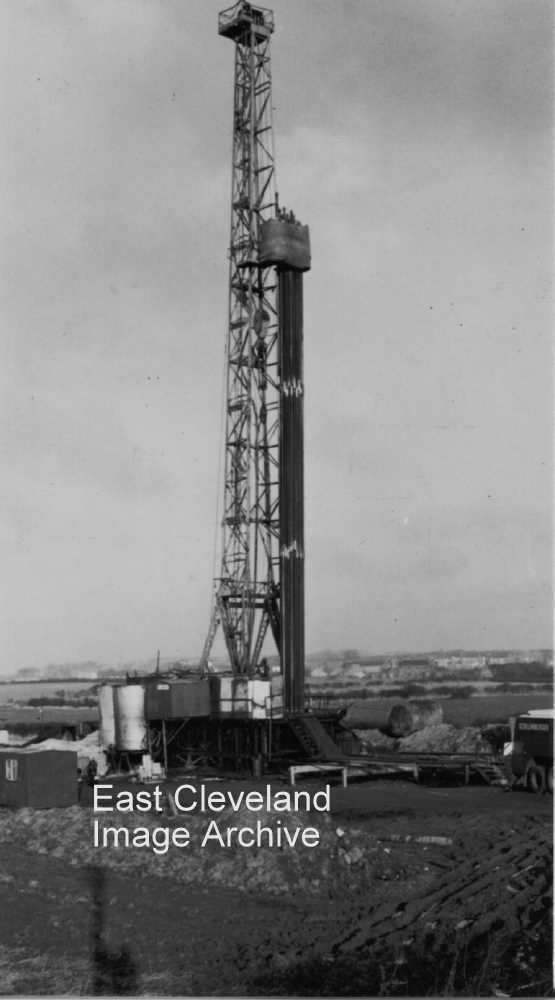
I suppose it pays to be in the right spot!
Image courtesy of Alan Franks.
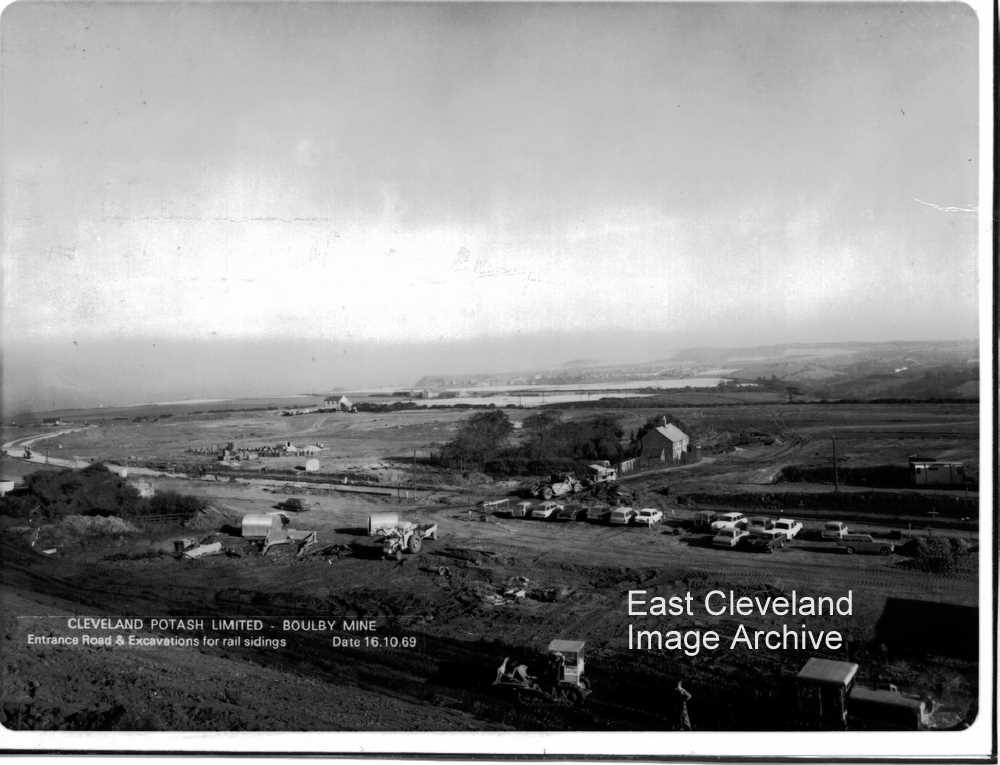
Cleveland Potash rises from the green and pleasant fields near Boulby. A scan of an original print, dated October 1969. Roy Jacklin tells us: “I was living in Liverton Mines and working at Skinningrove steel works when I learned that a Potash firm was to open at Boulby. I along with workmate Ken Rawson of Loftus made enquiries and learned that Monks were to prepare the groundworks. We got a job and along with Mr Murphy?, his sons Colin and Bernard of Boosebeck and another man were the first to start work on preparing the land for developement. Because the weather was unfit to begin work immediately we spent time in a tin shelter with only a small gas ring for heating and boiling a kettle. Water from the surrounding hillside poured through the hut. We did eventually get started preparing roadways, drainage etc. I was employed as tractor driver which had a hoist (handy for lowering the large drain segments!) and assisting the Thysen mechanics liting heavy engine parts in or out of the heavy earth movers. I didn’t remain at Boulby to see the sinking of the shafts as I went to Low Worsell Pumping Station with Monks. I later learned that one of the Murphy brothers, Colin perhaps went on to be head sinker with Thysens.”
Image courtesy of Alan Franks and thanks to Roy Jacklin for the update.
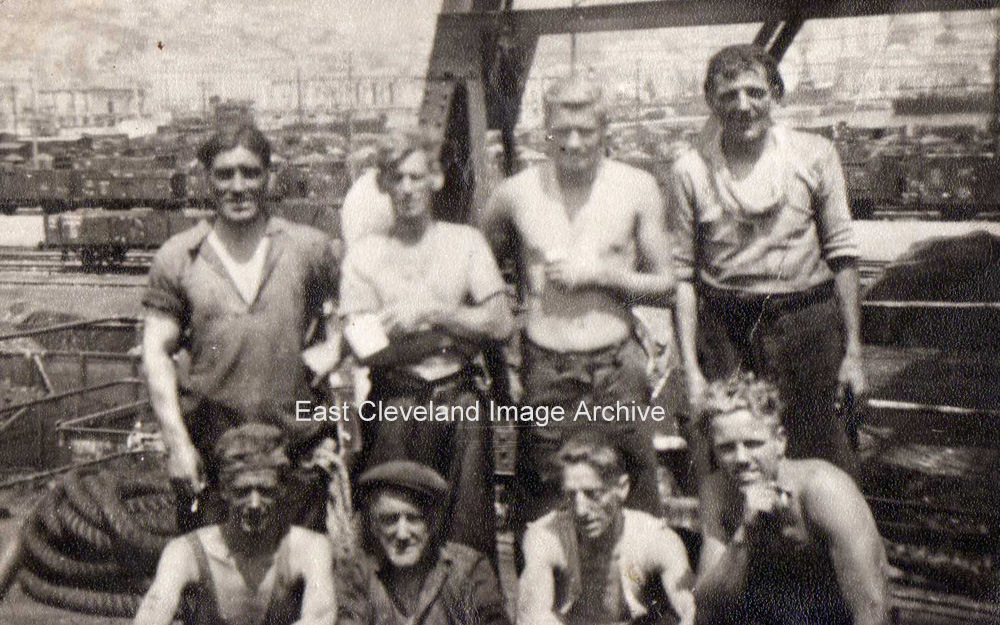
Here’s a happy crew taking a tea-break in the sunshine. It’s Skinningrove works, but which part – and who were they and when!
Eric Trembath tells us:”This looks like the riggers gang. Two of my old work mates top row 2nd right Tony Prior (from Whitby). Bottom row 2nd right Dennis Theaker, sadly now deceased. Many happy years working with them both. I was the last of the ’Grove riggers and retired in 2008, the end of an era! Eric.”
Many thanks to Eric Trembath for that update.
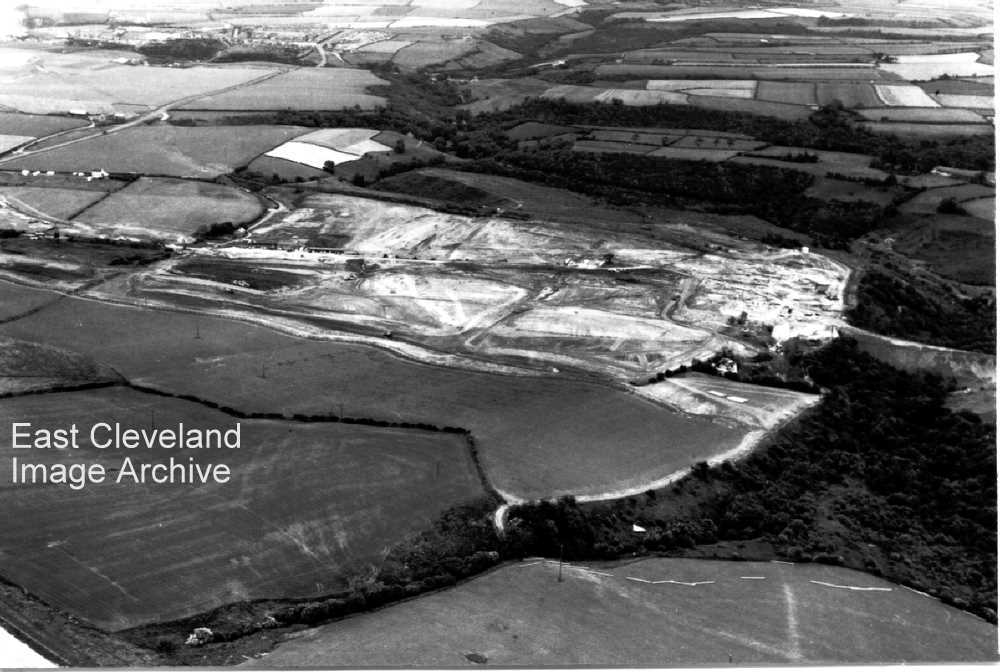
An aerial image of the site with the ground cleared ready for construction.
Image courtesy of Alan Franks.
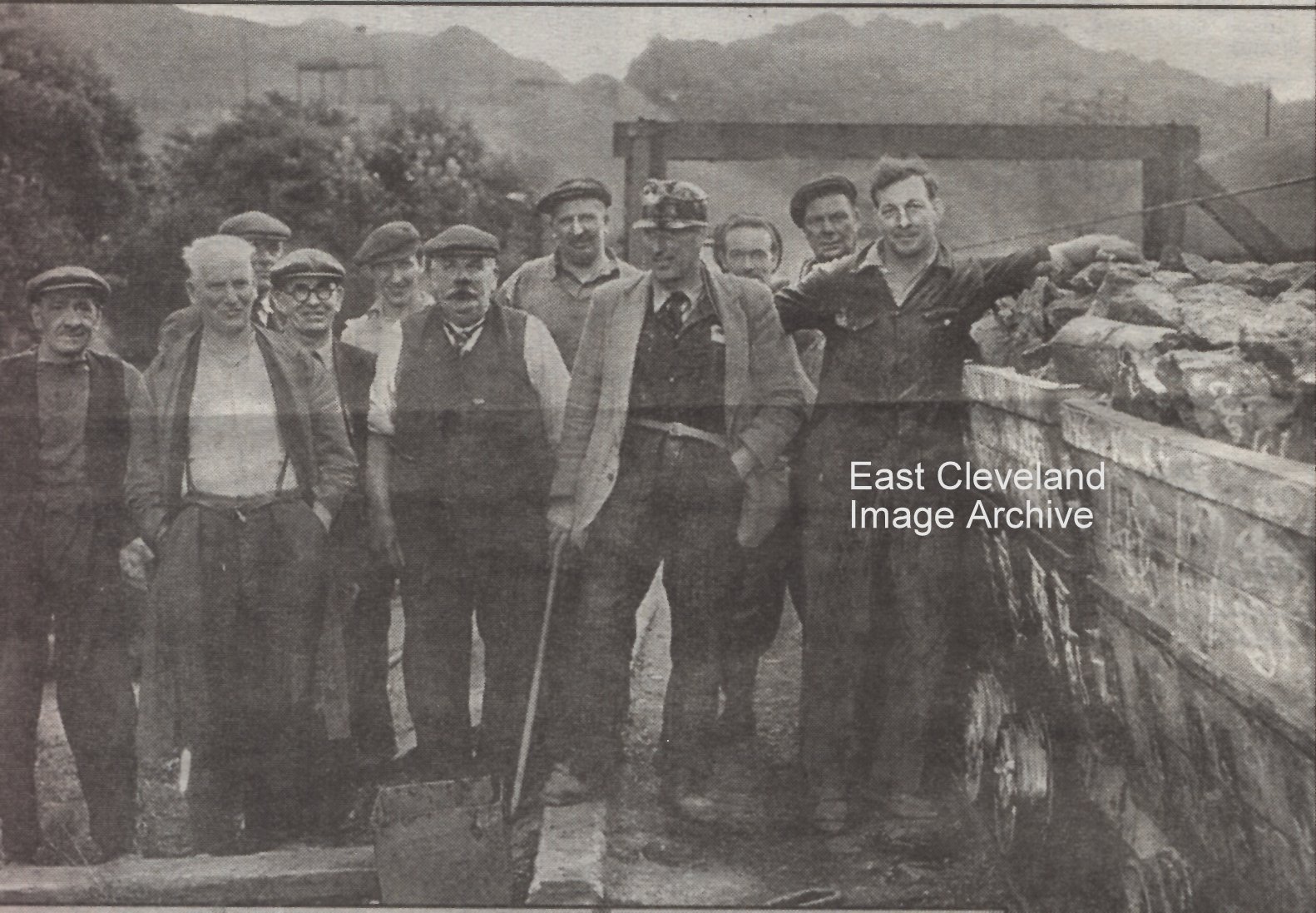
Men of the last shift at Loftus Mine pose with their handiwork. The closing of the mines destabilised a lot of the local communities as people drifted away to find new jobs and eventually moved to be nearer their new place of work.
Back Row: Allan Creswick, Harold Found, Cyril Gibson (blacksmith’s striker), Walter Wilson, Bill Dawson, Don Breckon.
Front Row: Jim Tinkler, Walt Sayers (check weighman), George Adamson, Harold Ralph ‘Lal’ Gibson (blacksmith), Jim Easton (holder of the Daily Herald Award for Industrial Heroism for rescuing Jim Tinkler in an incident which witnessed the death of Jim Trousdale), Allan Readman.
Thanks to Eric Johnson, Joanne Cooper and Cazzi Kerr for names.
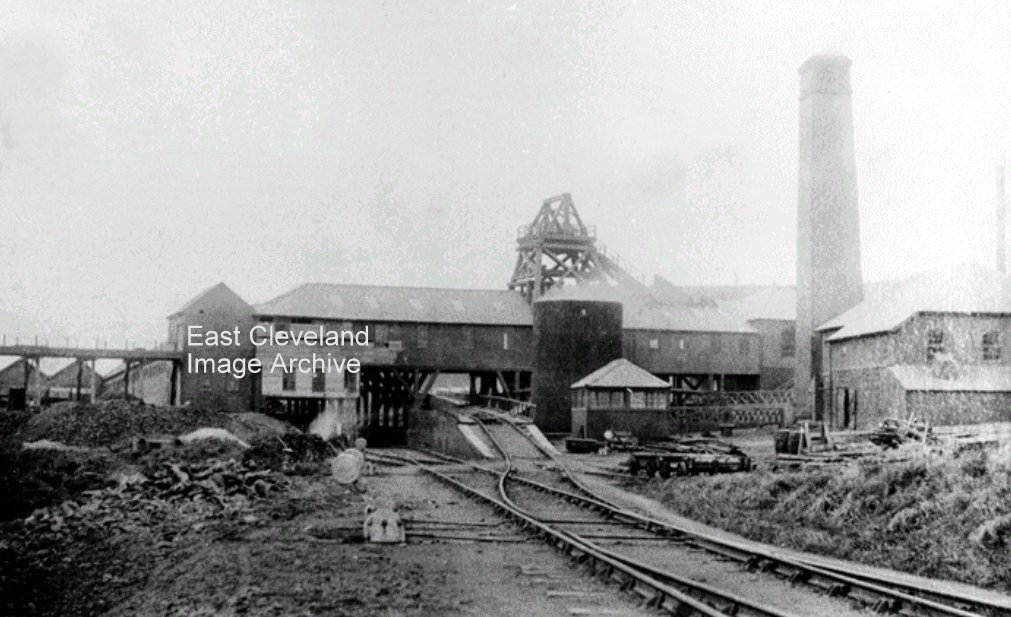
This is an early image of Margrove Park Mine or Magra as it is still known locally. In front of the wooden headgear over the downcast shaft you can see the top of the upcast shaft with the smoke coming from the fire at its base to induce ventilation in the mine. This shaft top was later heightened and a pulley wheel installed on the top; this is now the structure which still survives on the site. The mine closed about 1924; it stood on the site of the present day Caravan Park and connected to the Boosbeck to Middlesbrough railway via a single track which crossed the road from Charltons to Boosbeck with a gated crossing. The village of Margrove Park; known as Magra Park – after the deer park which was here originally – was built in a large rectangle, one side of which was the local shops – all of which were demolished due to mining subsidence (after the mine had closed and they fell into disuse). The only remaining example of a shop (the Co-operative) is the pre-fab building on the opposite side of the road to the village garden. Bob Clements tells us: ”The railway crossing at Magra was a gated crossing. The gates were still there when I was a lad at Magra. That was in the 1940s. I can’t remember when they finally disappeared.” Helen commented: “I have just been walking around this area and found a cordoned off mine shafts in the woods behind the caravan park, but couldn’t tell my younger sister if it was a mine shaft or not!”
Thanks to Simon Chapman for comments and corrections, also Bob Clements for the update on the gates and Helen regarding the former shafts.
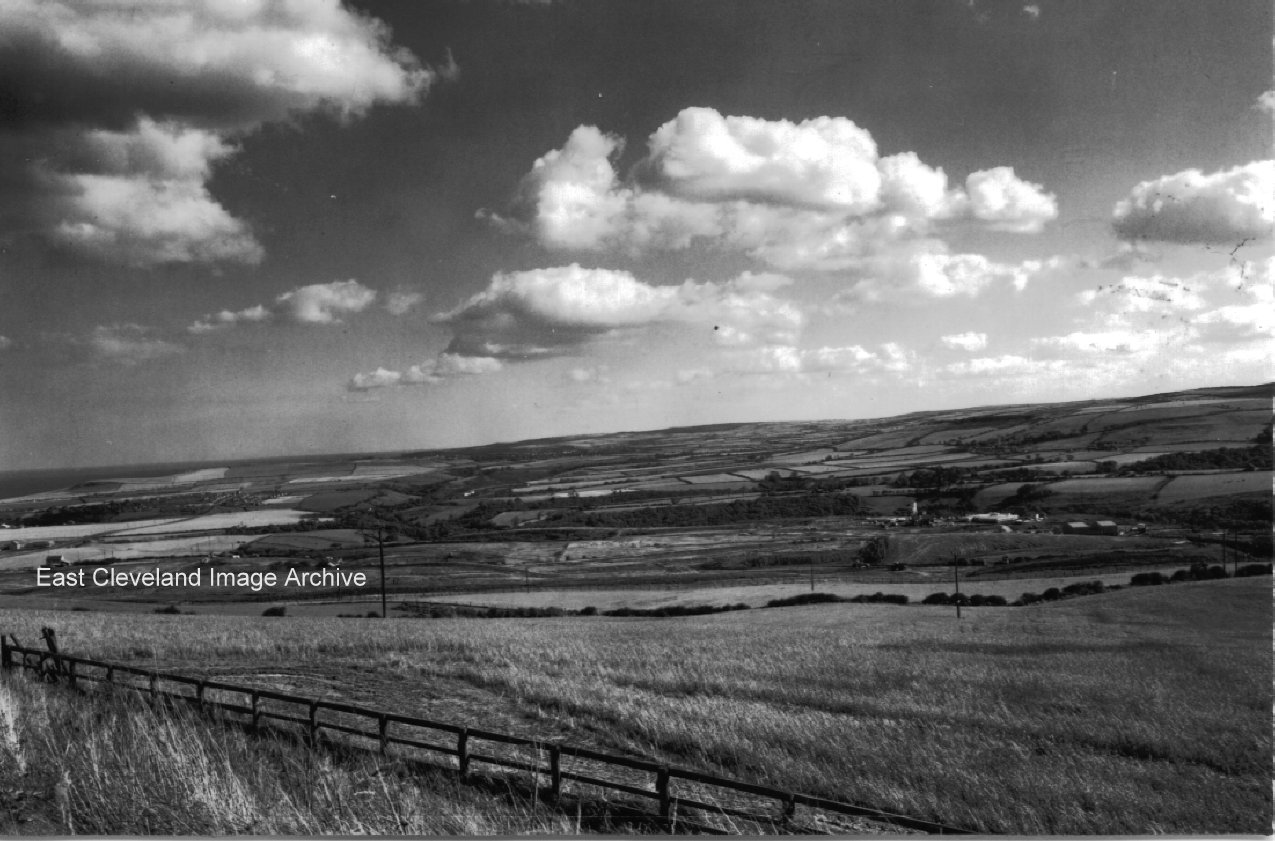
You can hardly see the works, but they are here – early construction image.
Image courtesy of Alan Franks.
|
|










Recent Comments